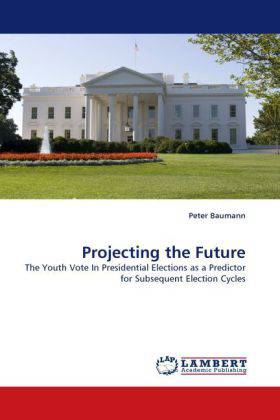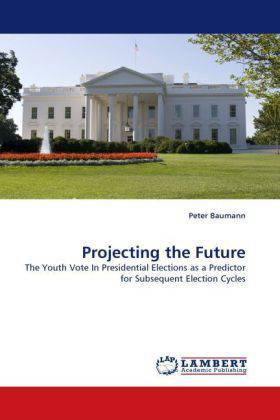
- Afhalen na 1 uur in een winkel met voorraad
- Gratis thuislevering in België vanaf € 30
- Ruim aanbod met 7 miljoen producten
- Afhalen na 1 uur in een winkel met voorraad
- Gratis thuislevering in België vanaf € 30
- Ruim aanbod met 7 miljoen producten
Zoeken
Projecting the Future
The Youth Vote In Presidential Elections as a Predictor for Subsequent Election Cycles
Peter Baumann
Paperback | Engels
€ 65,45
+ 130 punten
Omschrijving
In 2008, Barack Obama was elected President of the United States in part on the backs of a substantial number of young Americans who cast their votes for the relatively inexperienced Senator. Beyond just the election of 2008, however, the impact of these youth voters on future presidential elections still reverberates. This work studies whether the youth vote in a given election serves as an indication of how that group of voters will split in future election cycles. It examines theories of political socialization, and retrospective voting, to see whether a group of voters tends to split either Democratic or Republican in a consistent matter. The answer is interesting for both political scientists and politicians, and has the potential to impact electoral strategy for years to come.
Specificaties
Betrokkenen
- Auteur(s):
- Uitgeverij:
Inhoud
- Aantal bladzijden:
- 92
- Taal:
- Engels
Eigenschappen
- Productcode (EAN):
- 9783843351812
- Verschijningsdatum:
- 28/09/2010
- Uitvoering:
- Paperback
- Afmetingen:
- 152 mm x 229 mm
- Gewicht:
- 145 g

Alleen bij Standaard Boekhandel
+ 130 punten op je klantenkaart van Standaard Boekhandel
Beoordelingen
We publiceren alleen reviews die voldoen aan de voorwaarden voor reviews. Bekijk onze voorwaarden voor reviews.








